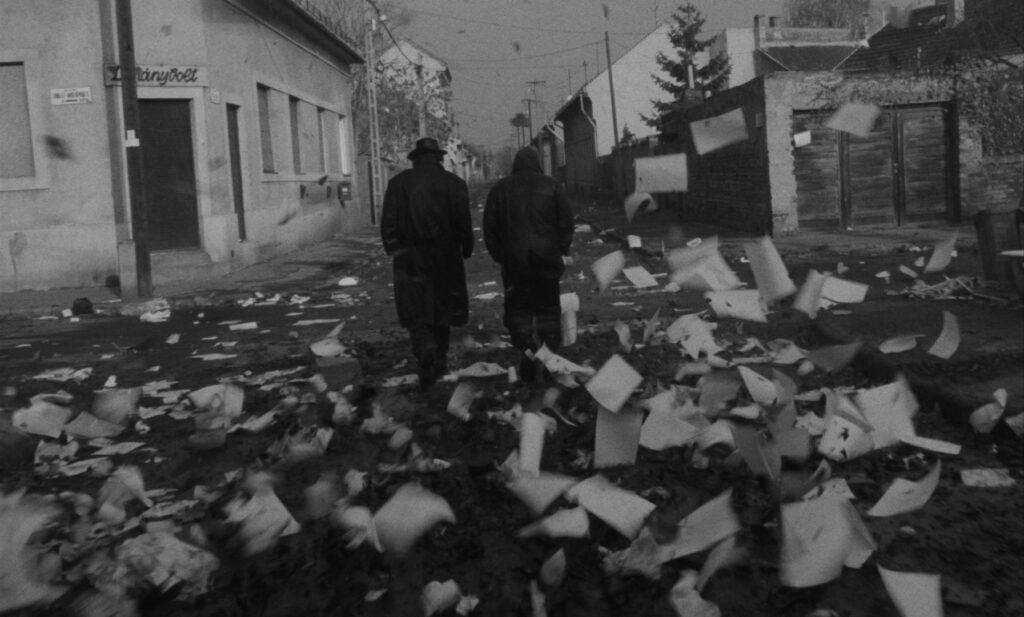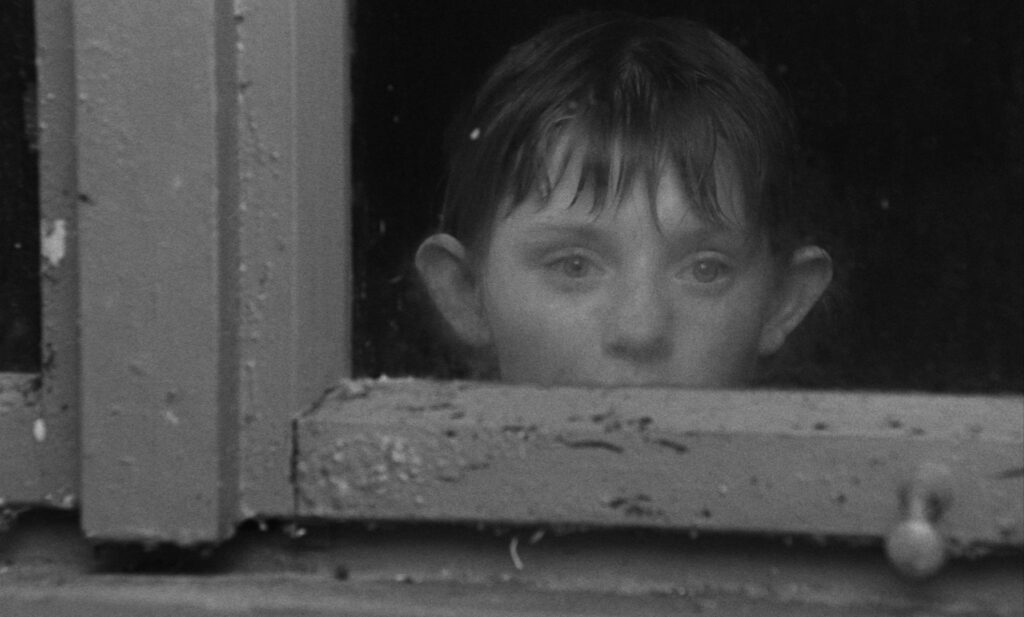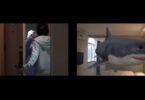
Photo still courtesy of of Arbelos
While working on a somewhat contemplative video project, a young editor informed me that in television it is inadmissible to let a shot be over six seconds long. Beyond six seconds, it is reasoned, the viewer’s ability to focus is overtaxed. Meanwhile, I have read that in Norway there is a popular television series that simply shows a fireplace (curiously, focus is the Latin for hearth) with a wood fire in it being tended by someone. People sit and watch the televised fire as they would their own and send in comments, advice, criticism pertaining to how wood is added and the poker used.
“No!” One imagines them protesting, “You’re cutting off oxygen to the middle when you do that.” Or, “Why on Earth would you put that piece bark down?!”
It would not be surprising to learn that Norwegians or anyone have longer attention spans than Americans. I do not have the data to support such a claim and would bore my all-too-American self to death trying to research it, but we must assume that firewatching Norwegians settle in for uninterrupted takes far exceeding six seconds. And it’s not that there is nothing else “on” in Norway; there is also, I am told, a show about stacking firewood.
In closely examining “Sátántangó,” the masterwork of Hungarian filmmaker, Béla Tarr, someone (a Norwegian perhaps?) took the trouble to tally up the lengths of all the shots in the film to find an average length of six minutes. The film’s total running time is seven hours and twelve minutes and worth every second.
In film, as in life, timing can be said to be everything. But how a filmmaker uses time depends on what is being sold. If the product is intended to be a ripping good yarn, with action, love and adventure, then it needs to move along economically, and my young editor’s advice is ignored at the filmmaker’s peril. In “Sátántangó,” Tarr’s exorbitant use of time diminishes time’s value, and the viewer is left with the stark power of image to be transported into the emotional life of a remote farming collective that has done the socialist equivalent of going out of business. The black and white images have a painterly power that, combined with movement, time and brilliant improvisational acting, sear themselves into the viewer’s retina and take up residence in the mind. In Tarr’s universe, plot, like time, must submit to the dominance of the visual. Like the movie’s characters, the viewer surrenders hours of life along with the right to know what exactly is going on; and that might be exactly Tarr’s point.
How people have watched “Sátántangó” in theaters, where it is doubtless at its best, I do not know. I envision blankets, pillows and picnic baskets. My immaculate three-disc set came from a friend who felt she was better off without it. I watched it in two sittings and will again…and again.

Photo still courtesy of of Arbelos
For more information:
arbelosfilms.com





Leave a Comment